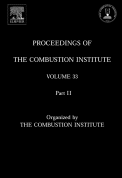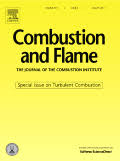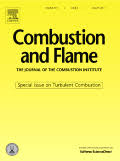
OpenSMOKE++ is a general framework for numerical simulations of reacting systems with detailed kinetic mechanisms, including thousands of chemical species and reactions. The framework is entirely written in object-oriented C++ and can be easily extended and customized by the user for specific systems, without having to modify the core functionality of the program. The OpenSMOKE++ framework can handle simulations of ideal chemical reactors (plug-flow, batch, and jet stirred reactors), shock-tubes, rapid compression machines, and can be easily incorporated into multi-dimensional CFD codes for the modeling of reacting flows. OpenSMOKE++ provides useful numerical tools such as the sensitivity and rate of production analyses, needed to recognize the main chemical paths and to interpret the numerical results from a kinetic point of view. Since simulations involving large kinetic mechanisms are very time consuming, OpenSMOKE++ adopts advanced numerical techniques able to reduce the computational cost, without sacrificing the accuracy and the robustness of the calculations.
In the present paper we give a detailed description of the framework features, the numerical models available, and the implementation of the code. The possibility of coupling the OpenSMOKE++ functionality with existing numerical codes is discussed. The computational performances of the framework are presented, and the capabilities of OpenSMOKE++ in terms of integration of stiff ODE systems are discussed and analyzed with special emphasis. Some examples demonstrating the ability of the OpenSMOKE++ framework to successfully manage large kinetic mechanisms are eventually presented.
Keywords
Detailed kinetics; Ideal reactor; Sensitivity analysis; Stiff ODE; Flame
How to cite
Cuoci, A., Frassoldati, A., Faravelli, T., Ranzi, E.
OpenSMOKE++: An object-oriented framework for the numerical modeling of reactive systems with detailed kinetic mechanisms
Computer Physics Communications, 192, pp. 237-264 (2015)









